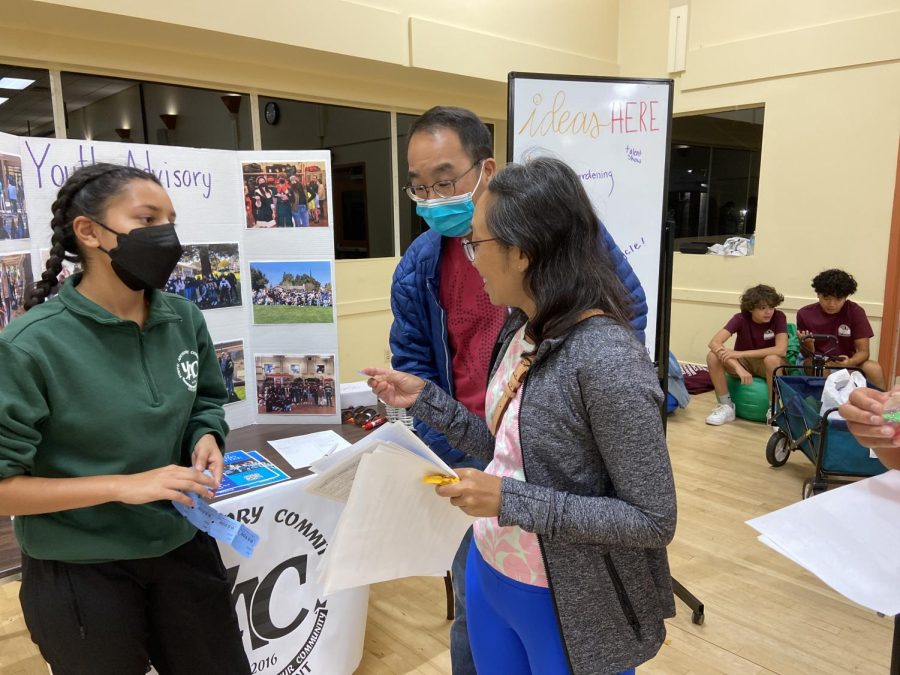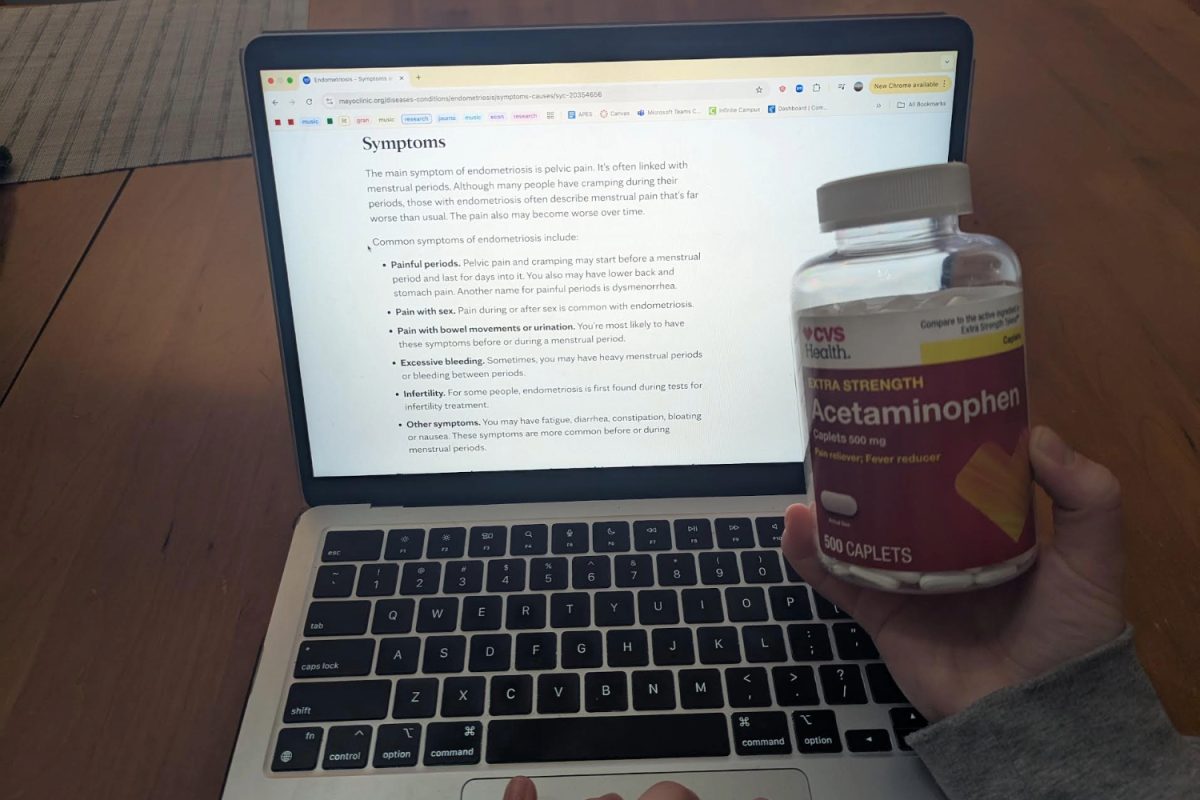The demand for community participation is as endless and prominent as ever.
Community service hours are often seen as a gateway to college and opportunities, but there are several ways to localize volunteering and make it worth the time and effort. Having a double vision when deciding on extracurriculars is essential because once students leave for college, their mark on the community is still left behind.
According to the Pew Research Center, 17% of Americans find meaning in life through work, and a meager 7% find purpose through service and civic engagement. Teenagers have the capability to set an example for future generations.
Volunteering is about more than just serving the environment and underprivileged groups — it’s about building a solid relationship with community members and helping them do the same with others.
From retirement homes to political campaigns, opportunities are everywhere, and there is generally no excuse not to set aside some time away from the academic high school career for the good of the community. Despite the personal benefits of volunteering, including more opportunities related to health, mindfulness, and sociality, certain forms can also be highly beneficial to community demographics like kids, adults, or the elderly. Having this natural sense of accomplishment stimulates personal growth and community development.
While some may be under the impression that community service has only a small impact, it can change anyone’s life if the proper amount of time and effort is put into it.
According to the Corporation for National & Community Service, the value of volunteering in California is about $26.87 per hour. The U.S. Bureau of Labor Statistics determines that the average wage of a fast food or counter worker in California is $15.61, which makes it difficult to dispute that volunteering can make just as much of a difference as a typical paying job for a teen if not more. Helping individuals, whether this means tutoring kids or contributing to a community-run event, reinforces the values of cities that encourage working together for a common cause.
With tight schedules and peer pressure, putting the time into finding an activity pertinent to the community can be difficult. It also may be hard to find a passion for it in the midst of a school environment that is academically or socially focused. However, there are several resources that anyone can use to get involved. Any opportunity is a positive one, as shown by a 2018 survey that found that community service, alongside its other benefits, also has a positive impact on college admission chances.
If college is the primary motivator, this is not necessarily a bad thing. Although, it is crucial to note that developing skills with others early on in life sets a precedent for adulthood. For example, volunteers at the Mayo Clinic Health System vary between teenagers, adults, and the elderly. This is a natural way to build a social network with different people while also helping others. It also may open teens up to career opportunities when they have the chance to speak with other volunteers and work behind the scenes of a certain career.
All in all, community service has the possibility to be a segue to the future — not just for oneself but for an entire generation. As Gen-Z continues to prove its skills in social activism and technology, volunteering must be considered in terms of what makes a teen a strong member of society.












